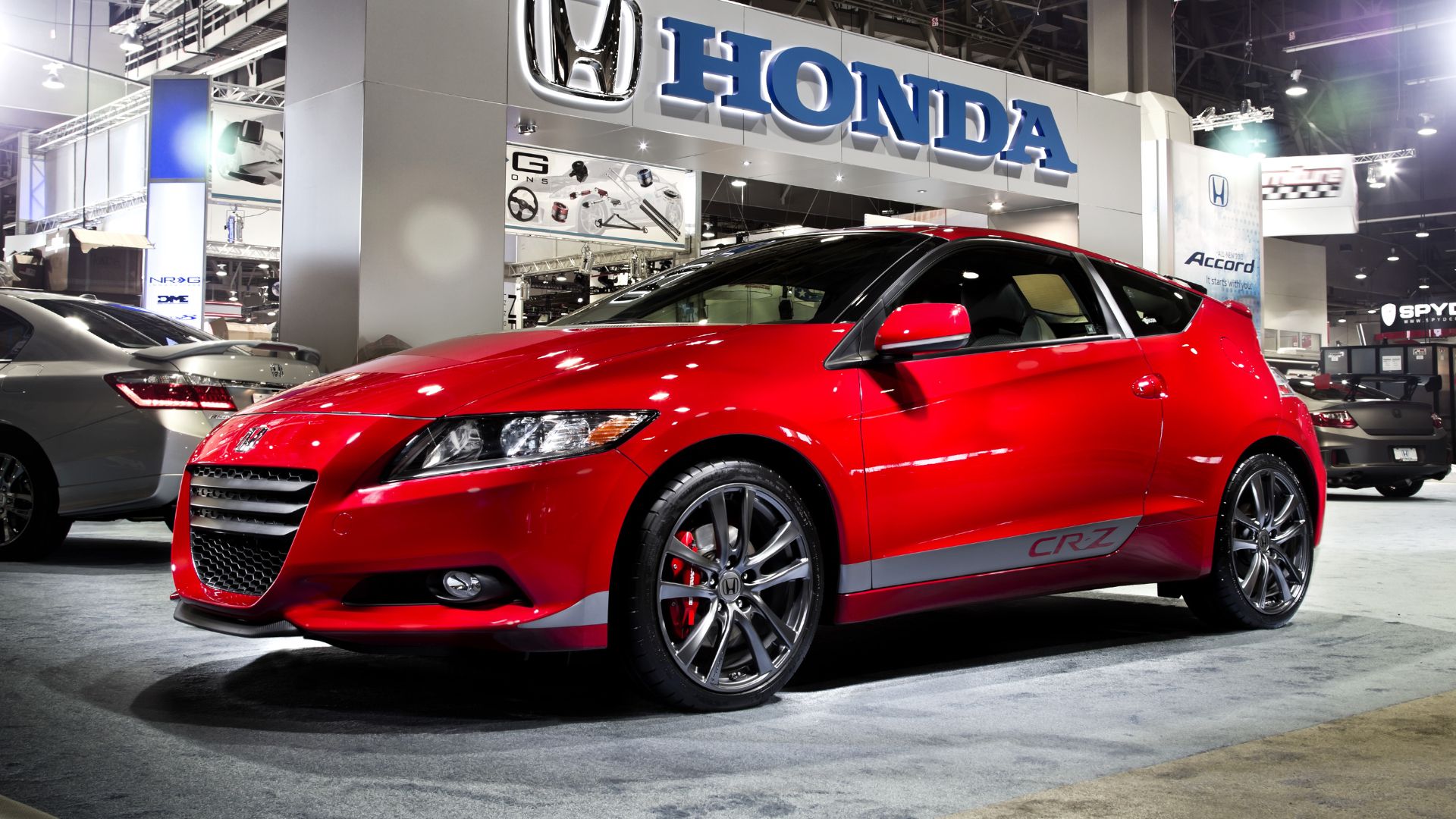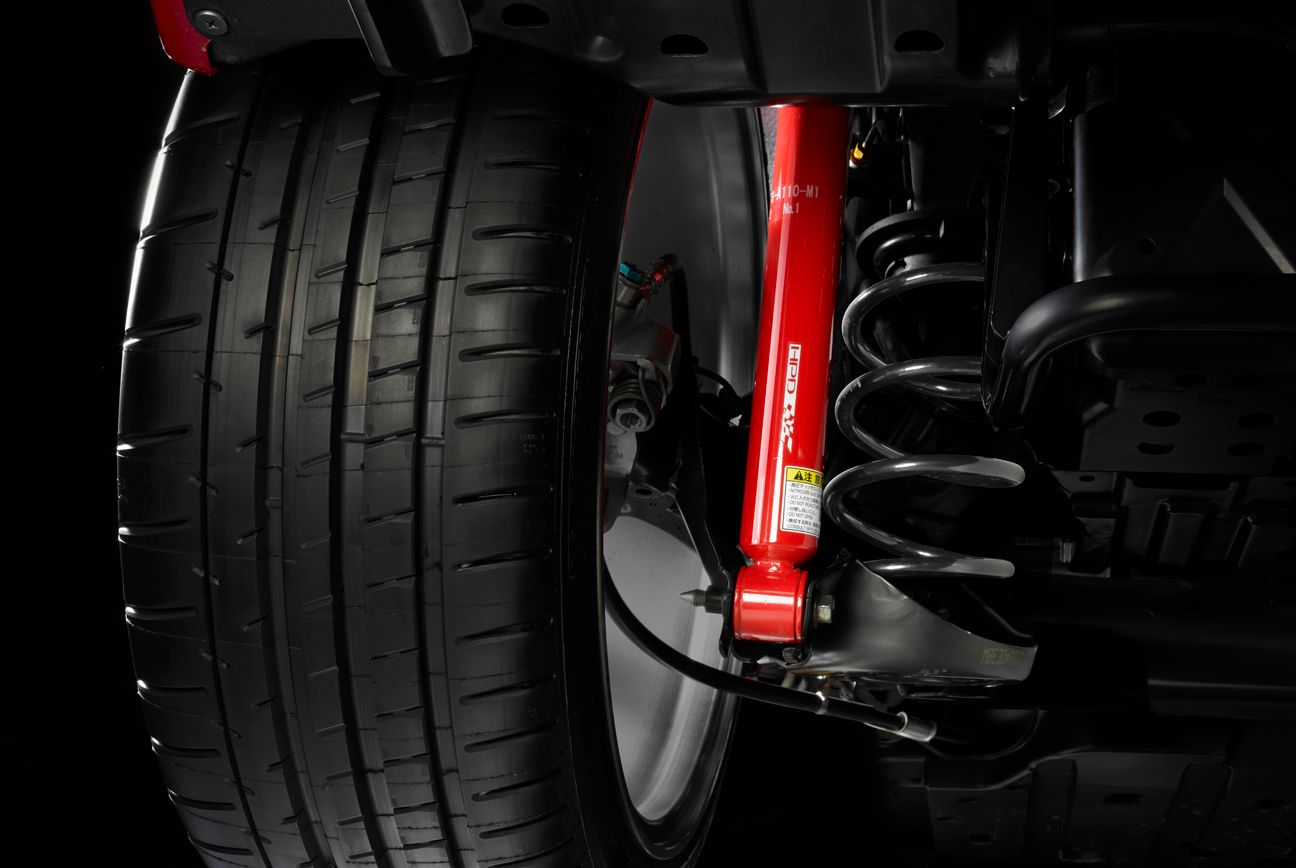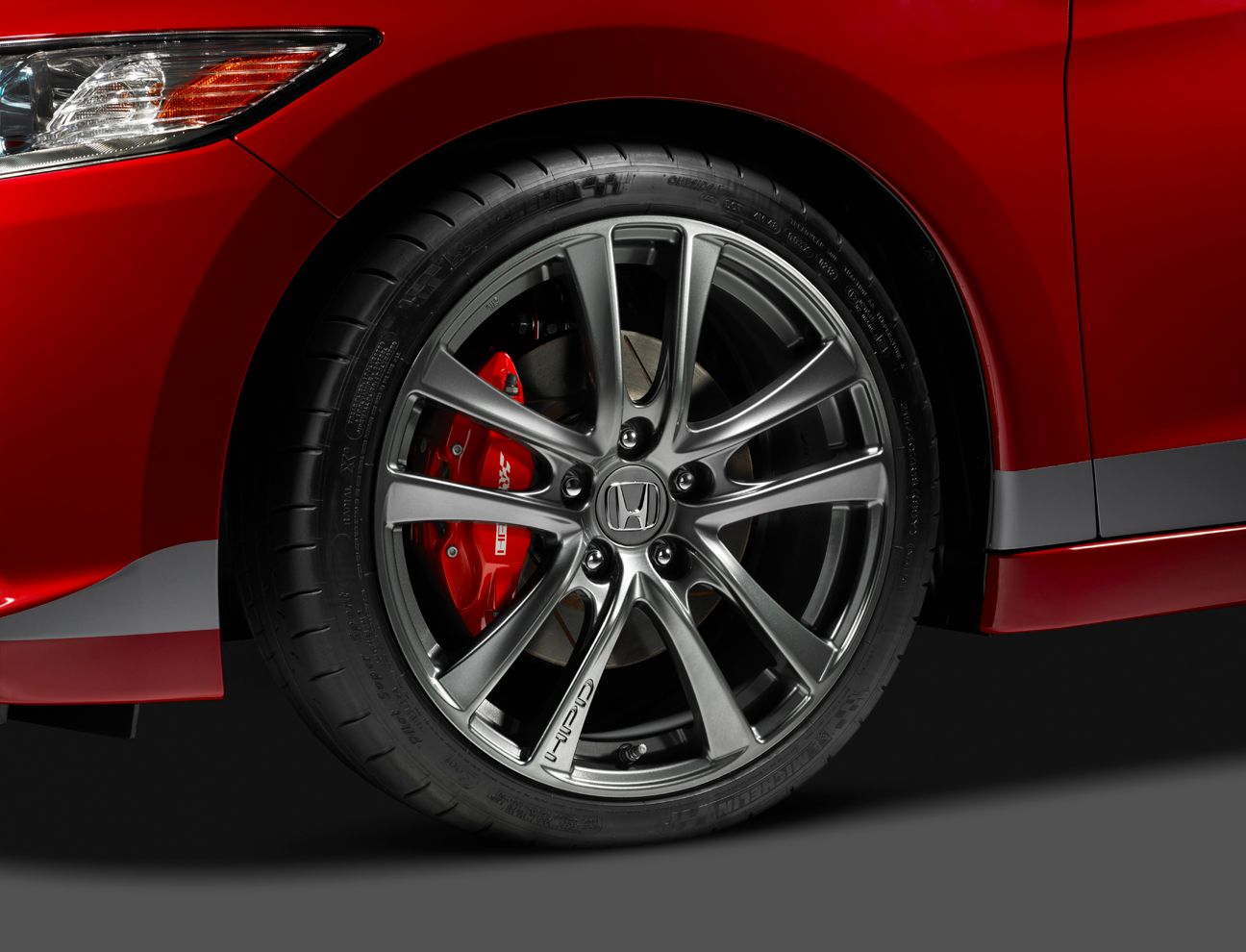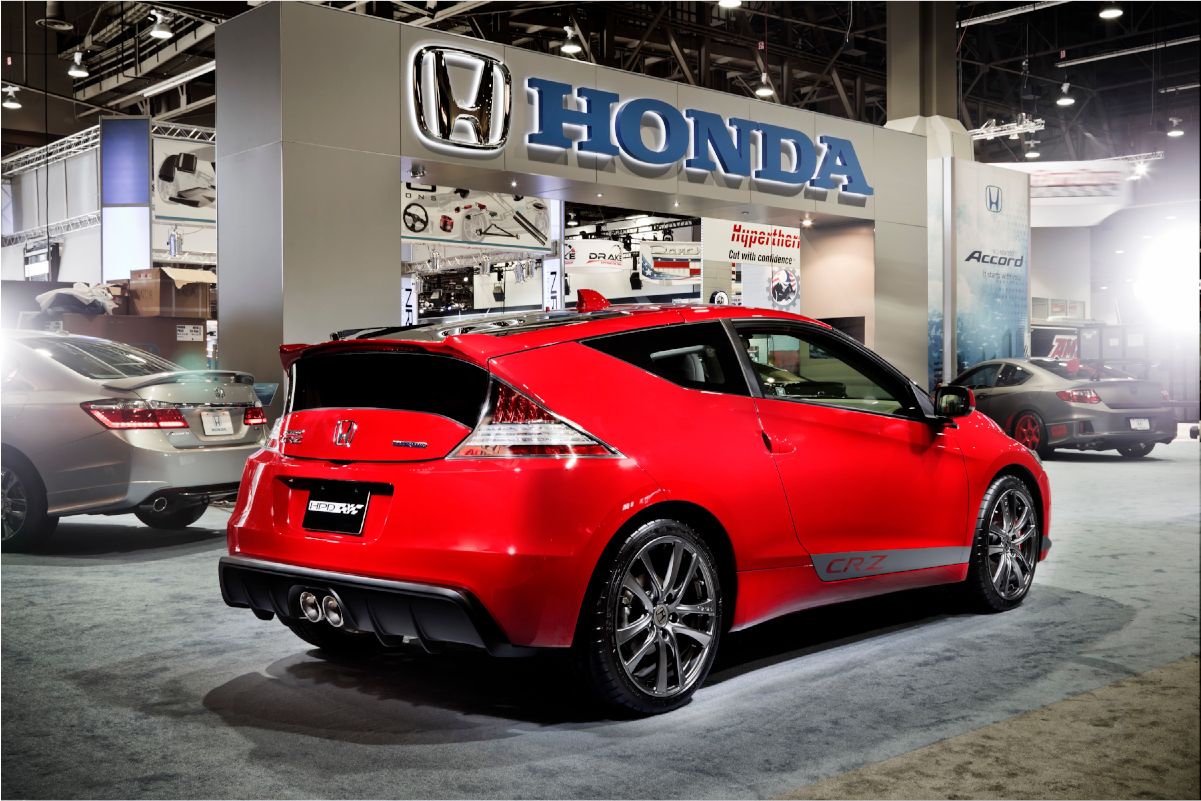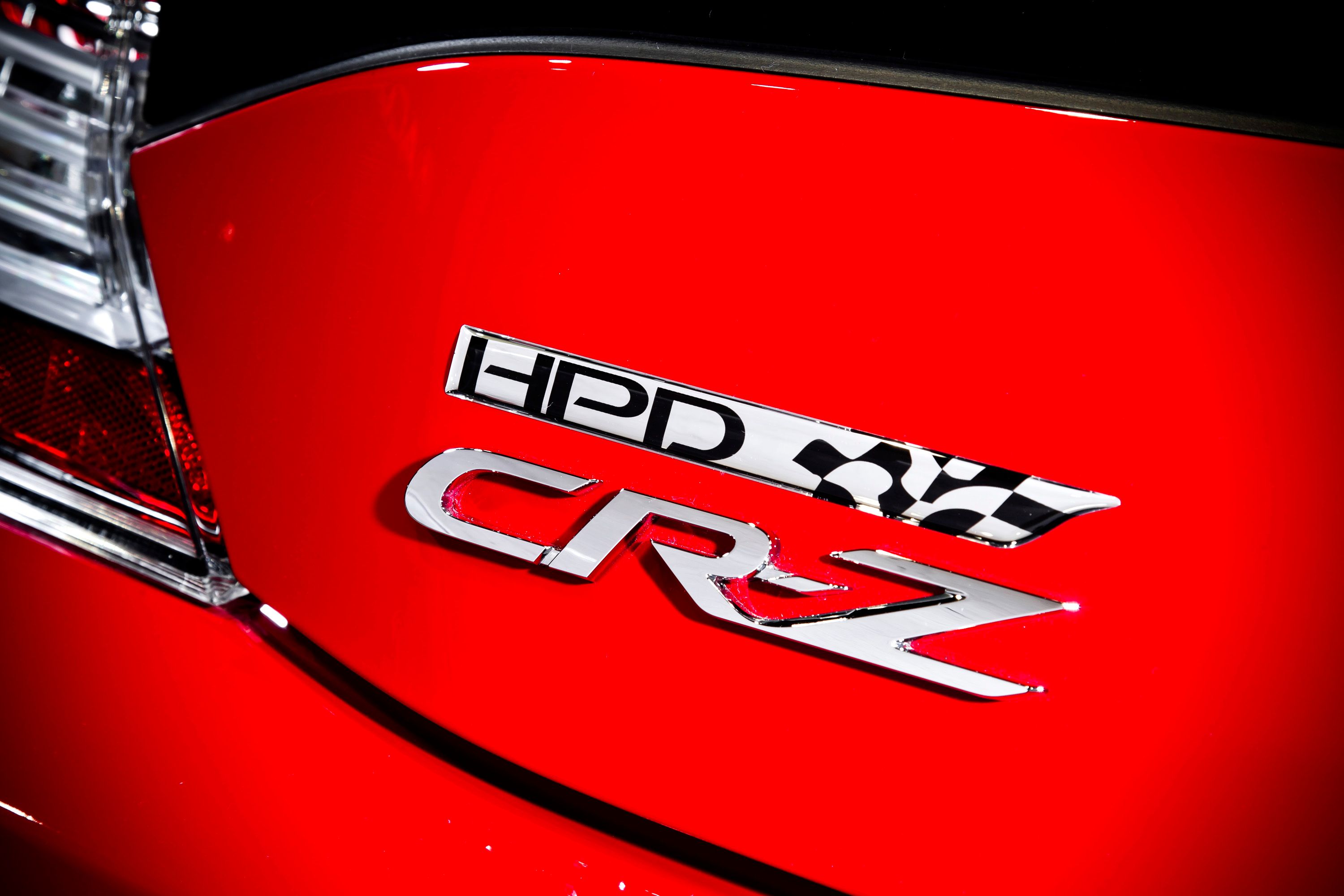The original Honda CR-X was a hugely popular car in the tuning scene. So, when Honda announced a "spiritual successor" of sorts in the form of the CR-Z, there was a lot of expectation for what could be the newest lightweight performance hatchback from the Japanese manufacturer. But, most enthusiasts were left disappointed. The CR-Z looked sporty, but its focus was always on efficiency and never sportiness. It came out with a frugal but underpowered hybrid powertrain, skinny energy-saving tires, and cheap suspension. However, that changed when Honda's performance arm, HPD, decided the CR-Z deserved a makeover. The result ended up being the car that everyone wishes Honda had released in the first place. Let's embark on a journey to meet the performance hot-hatch that the CR-Z always should have been.
Cue Honda Performance Development
Apparently, voices inside Honda weren’t satisfied with the CR-Z either. Legend tells it that American Honda desperately wanted a CR-Z Si, but Japan was having none of it. So, it commissioned its racing division, Honda Performance Development (or HPD), to completely transform the car instead. First on the list of changes is the HPD Sports Suspension. Showa completely re-valved the stock twin-tube shocks to give them a sportier behavior. This results in a considerably harder ride, with the front dampers 103-percent and 114-percent stiffer in bump and rebound respectively, while the rears are eight- and 137-percent stiffer. New lowering springs reduced the ground clearance by about 10 millimeters. They feature 150 pounds per-inch spring rates at the front and 168 at the rear.
HPD upgraded the tires from the stock 195/55R16 low-resistance tires to much meatier 215/40R18 Michelin Pilot Super Sports rubber, wrapped around 18 x 7.5 wheels made exclusively for HPD by Enkei. Using the company’s famous MAT process, these wheels tip the scales at 20 pounds a pop. They are specifically fitted to clear HPD’s front big brake kit, which comprises 11.8-inch (up from stock 10.3-inch) one-piece directional rotors clamped by four-piston fixed aluminum calipers and sports compound brake pads. HPD claims it engineered the kit to improve fade resistance as well as pedal feel and response, while the new calipers clamp the same pad area, maintaining the brake bias front to rear. This allows the system to achieve lower braking distances and better repeatability on the track than the stock brakes, without upsetting the car’s balance or the ABS system.
The CR-Z Finally Got the Power it Deserved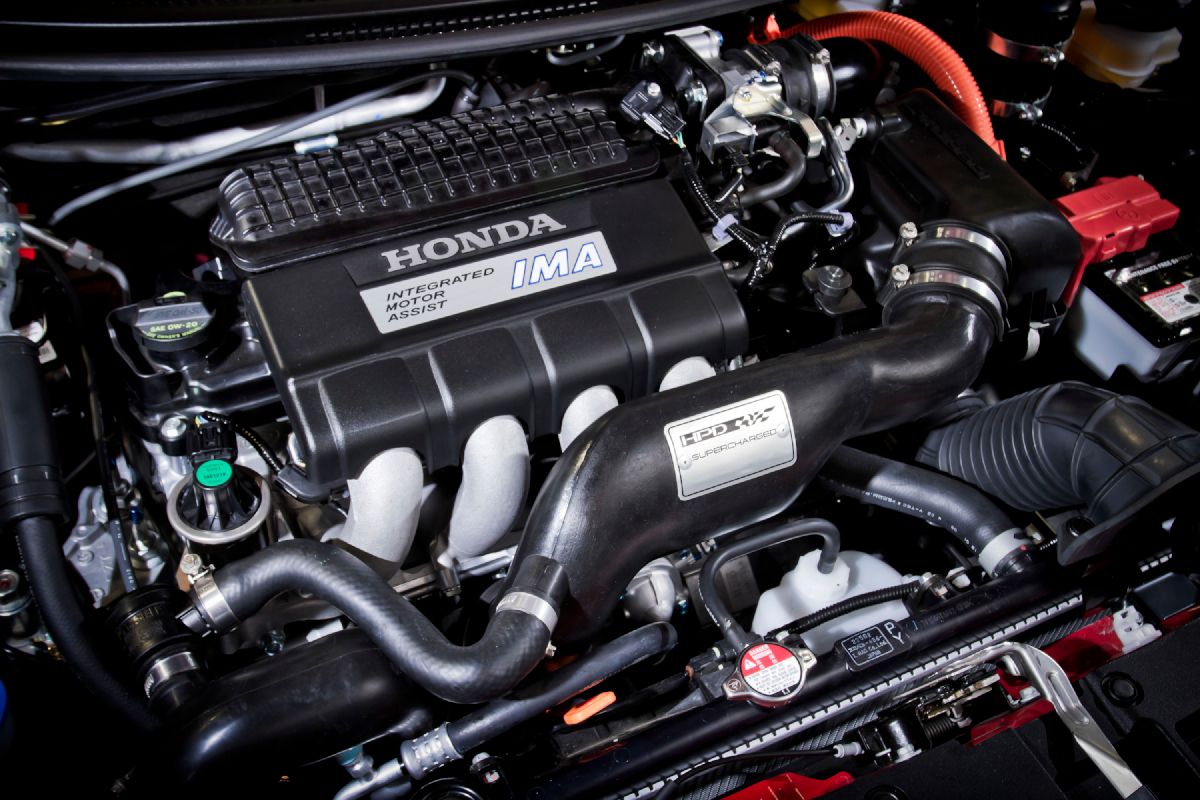
Fortunately, changes also happen under the hood, with the addition of a supercharger kit. HPD added a Rotrex centrifugal compressor, an air-to-air intercooler, and high-flow fuel injectors. The company chose a supercharger over a turbo for its more linear response and flat torque curve. CARB specifically issued an order that Honda or HPD couldn’t sell the vehicle with the kit pre-installed directly to the customer; instead, the customer had to buy the car in stock form, and the dealership should make the installation in a separate transaction. The user must also send the ECU to HPD for a reflash, which keeps the car emission-legal in 50 states. The kit is only available for cars equipped with the six-speed manual transmission, and a geared limited-slip differential is also available to help put the power down during cornering. Customers also get a serialized dash plaque to highlight the uniqueness of their vehicle. The result is a power bump to 197 horsepower and 176 pound-feet of torque, which is nearly 70 horses more than the original version.
The Looks (And Sound) to Match
The stock CR-Z is by no means an ugly car, but it is a bit tame – almost too cute. That wouldn’t fly for an actual performance vehicle, so HPD added a host of more aggressive aerodynamic goodies to complement the go-fast bits. There is a front lip splitter, a rear deck lid spoiler, and a large rear diffuser, required to accommodate the central twin-tips of the new HPD performance cat-back exhaust. The latter tastefully elevated the tone of the engine without making it sound obnoxious.
HPD claimed the upgrades could rocket the CR-Z to 60 two seconds faster than the stock car. The base CR-Z did the zero-to-60 sprint somewhere around 8.5 seconds, so expect the HPD version to do the same dash in about 6.5 seconds. That was squarely in hot-hatch territory back then, further cementing the HPD CR-Z’s place among the front-wheel drive elite. All this while retaining the full functionality of the hybrid system, and a fuel economy of up to 34 MPG combined. Which begs the question: why didn’t Honda want to build it in the first place?
If Only Honda Had The Guts To Actually Make It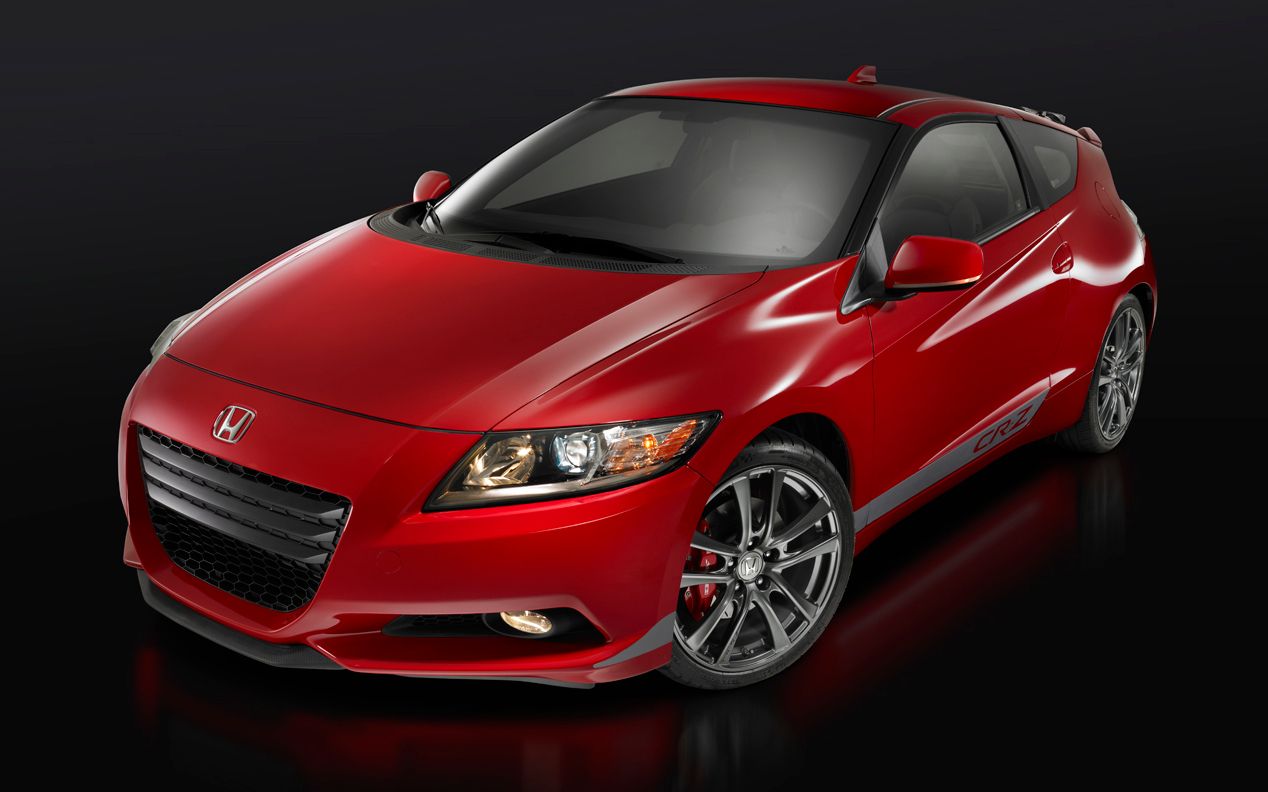
The price for all these goodies, if you wanted to have all of them, added up to about $15,000, excluding installation. And that’s on top of the circa $20,000 price of the CR-Z base car. So, all in all, you were probably looking at a $35,000 to $45,000 car, depending on whether you wanted to get your hands dirty, and whether you wanted to keep the 3-year 36,000-mile warranty untouched. That was a pretty hefty price to pay, especially considering a similarly spec'd Fiesta ST or Golf GTi could be had for much less and without any of the hassle.
In the end, the HPD CR-Z wasn’t a turnkey car you could walk into a Honda dealership and buy. Instead, it was basically sold in parts like a kit car, and the onus of assembly lay with either the buyers or the dealerships. We are definitely glad it exists, but at the same time, it’s hard not to resent Honda for not having the guts to build a CR-Z Si or Type R itself, instead of shifting that burden onto the customers. The CR-Z was eventually discontinued in 2016, and not many of these kits were actually sold, making a true HPD version increasingly rare to find these days. If you are lucky enough to find one second-hand, you might actually be able to enjoy a really special performance car, the one that Honda never made – but HPD (and someone else) eventually did.

